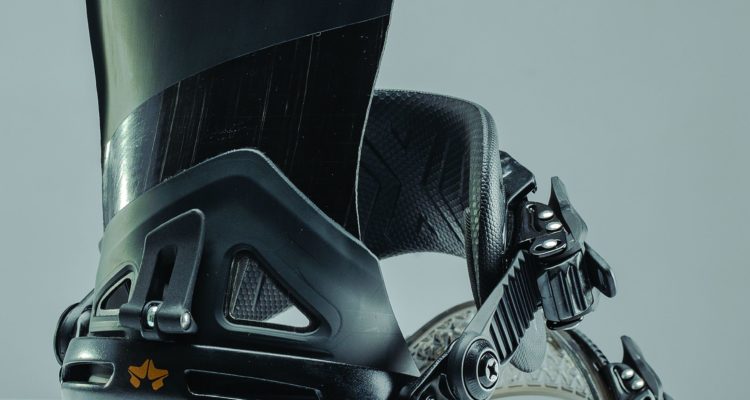Mast Elements produces luxury indoor and outdoor furniture – sofas, chairs, tables and accessories – in modern, avant-garde forms. The carbon fiber material provides flexibility, enabling the company to design and manufacture products in many combinations of colors and finishings.
Producing CFRP furniture requires a long and detailed process, Cighetti says. The furniture is formed through a manual layup process, then processed in an autoclave to distribute the polymer in the fiber in a controlled and uniform manner. Once the piece comes out of the autoclave, any required finishing work and the spray application of the surface are done manually.
Mast Elements’ furniture offers some sustainability advantages in addition to its unique style, Cighetti adds. The carbon fiber can be recycled, and the machines used in the production process are eco-friendly. Because of carbon fiber’s strength and other unique properties, the manufacturer uses less material for a furniture piece than an equivalent, conventionally produced item.
This furniture is priced for the high-end market. “Our products have a lot of ‘made in Italy appeal,’ starting from the unique design, the high quality and the attention to details,” says Cighetti. The company sells its furniture globally through dealers and architects to boutiques, villas and hotels.
Sustainable Options on the Horizon
Consumers throughout the world are looking at the impact of their purchases from a sustainability perspective, according to a 2021 study from the global consultancy firm Simon Kucher Partners. Of the 10,000 people interviewed, 85% said that they had changed their purchasing behavior toward sustainability. The study also found that almost one-third of millennials will choose a more sustainable product when it’s available.
Applied Bioplastics has developed a technology that could enable the composites industry to offer more eco-friendly options for consumers who want to purchase products like pens, phone cases, coolers and more.
“Essentially, what we’re making are biocomposites products with lower carbon footprints and better plastic,” says Colin Ardern, Applied Bioplastics’ CEO. “The main value proposition to our customers is reducing your carbon footprint without making an impact on your bottom line and using the same equipment that you’re using today.”
Through careful selection of natural fibers and energy sources, the company says it can reduce the amount of CO2 generated in the manufacture of products made from composite materials by as much as 30% to 40%. Wherever possible, the company tries to use a renewable energy source like solar power and select fibers that have the maximum possible carbon sequestration. However, the choice of fiber will ultimately come down to the sustainable fiber that offers the mechanical properties sought after by composite manufacturers.
Applied Bioplastics specializes in the chemical and physical treatment of plant fibers to get them to the optimal form for compounding. It also does the compounding. “We have very specialized knowledge in designing additive packages to meet specific requirements, in compatibilizing the plant fiber with the polymer matrix, in creating a biocomposite that’s usable by our customer,” says Ardern.
While the biofibers the company produces can sometimes match the mechanical properties of glass fibers, that’s often not the case. But biofiber usually remains a viable option. “When we talk with customers to learn their requirements, what we’re finding is that in most cases we are able to meet those requirements,” Ardern says.
The company produces the biocomposites in pelletized thermoplastic designed for the injection molding machines that the composites industry is already using. The only manufacturing change required is slight adjustments in processing temperatures.
Recognizing the price sensitivity of the consumer goods market, Applied Bioplastics is creating its biofiber pellets to be competitively priced with existing products. That’s an essential factor in gaining widespread acceptance by manufacturers of mass market goods.
Applied Bioplastics is now testing the technology with about 20 consumer goods companies and preparing to build a large-scale facility to produce its thermoplastics pellets in 2022.
“We anticipate the brands will be signing capacity reservation agreements in the first few months of 2022,” Ardern says. Once the companies are using the biofibers in production, he expects they will emphasize the sustainability of this new approach in their marketing to consumers.
Mary Lou Jay is a freelance writer based in Timonium, Md. Email comments to mljay@comcast.net.


